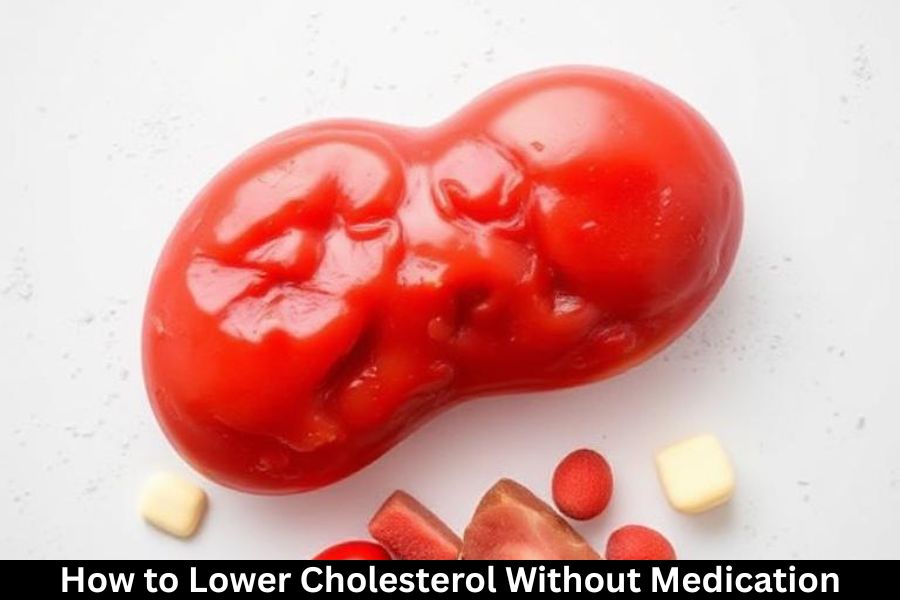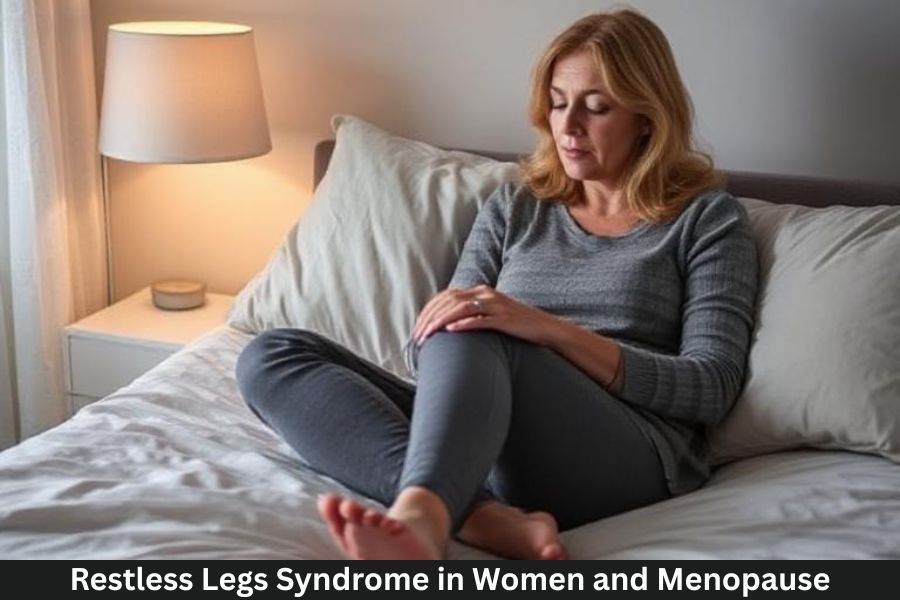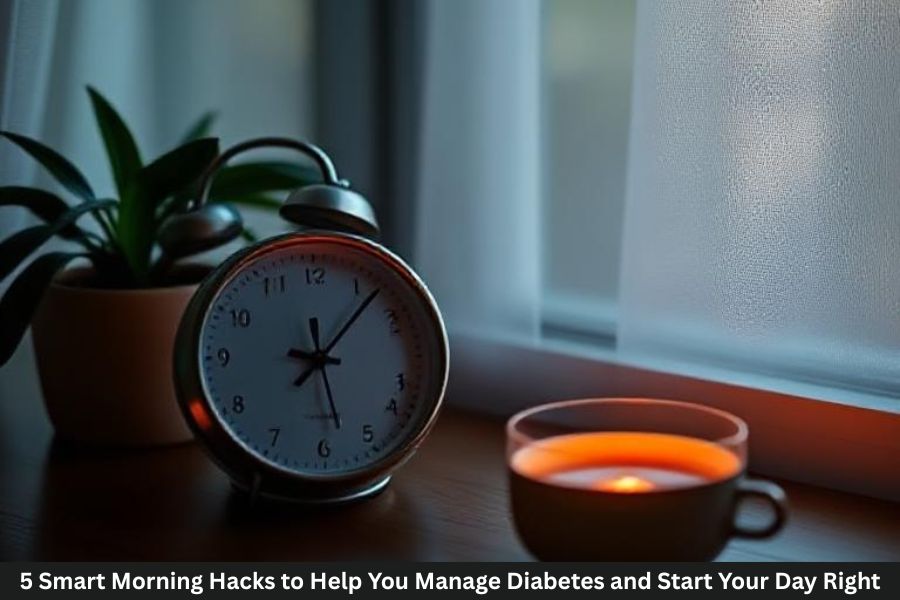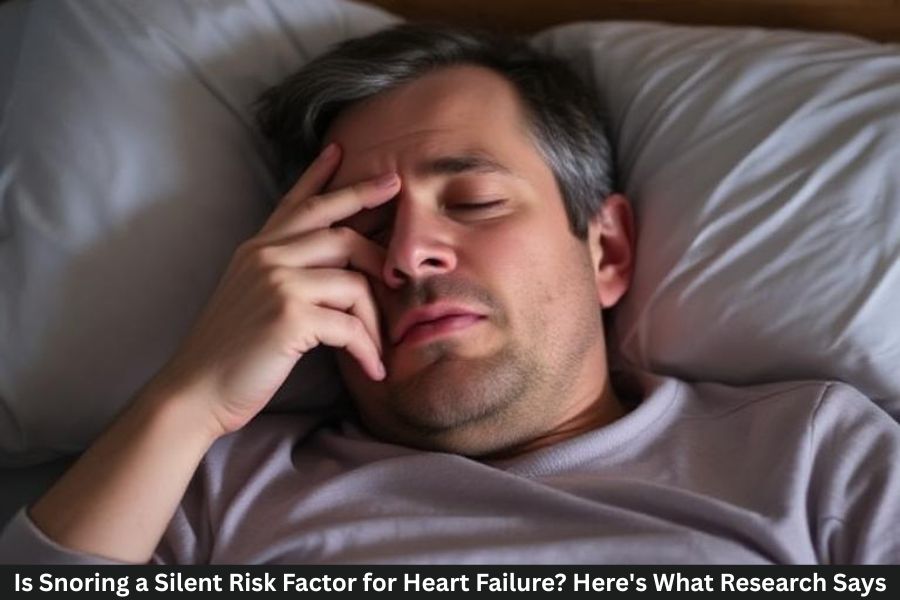High cholesterol is often called a “silent threat.” You can’t feel it, but it’s quietly increasing your risk for heart disease and stroke. The good news? You don’t need to rely solely on medication to bring it down. With the right lifestyle changes and dietary tweaks, you can naturally lower cholesterol levels and protect your heart health. Let’s dive into how to do it—step by step.
Understanding Cholesterol
What Is Cholesterol?
Cholesterol is a waxy, fat-like substance found in every cell of your body. It’s essential for producing hormones, vitamin D, and bile acids. However, when there’s too much of it in your blood, it starts sticking to artery walls—leading to blockages.
Good vs. Bad Cholesterol
- HDL (High-Density Lipoprotein): Known as “good cholesterol,” HDL helps remove excess cholesterol from your bloodstream.
- LDL (Low-Density Lipoprotein): The “bad cholesterol” that contributes to plaque buildup in arteries.
- Triglycerides: Another type of fat in your blood that, when high, can increase heart disease risk.
Causes of High Cholesterol
- Diet high in saturated and trans fats
- Lack of physical activity
- Smoking
- Obesity
- Genetics and age
- Stress and poor sleep habits
Understanding these factors is the first step toward managing cholesterol naturally.
1. Eat Heart-Healthy Foods
Load Up on Soluble Fiber
Foods like oats, barley, beans, lentils, and apples are rich in soluble fiber. This type of fiber binds to cholesterol in the digestive system and helps flush it out of your body.
Incorporate Healthy Fats
Replace saturated fats (found in red meat and dairy) with healthy fats like avocados, olive oil, and nuts. These improve HDL levels while lowering LDL.
Add Omega-3 Fatty Acids
Fatty fish like salmon, mackerel, and sardines are loaded with omega-3s, which reduce triglycerides and support heart health.
Limit Processed Foods
Trans fats in processed foods like pastries and fried snacks can raise LDL and lower HDL—double trouble for your heart.
2. Stay Physically Active
Exercise Regularly
Aim for at least 150 minutes of moderate exercise (like brisk walking, cycling, or swimming) per week. Exercise boosts HDL levels and helps burn excess fat.
Incorporate Strength Training
Building muscle through weight lifting or resistance exercises enhances metabolism and helps maintain a healthy lipid profile.
3. Maintain a Healthy Weight
Even a 5–10% reduction in body weight can significantly lower LDL and triglycerides. Focus on balanced meals, portion control, and mindful eating to achieve and sustain your ideal weight.
4. Quit Smoking
Smoking lowers HDL (good cholesterol) and damages blood vessel walls. Within just weeks of quitting, HDL levels start improving—your heart will thank you!
5. Limit Alcohol Consumption
A glass of red wine occasionally might have benefits, but excessive drinking raises triglyceride levels and contributes to liver issues. Moderation is key—one drink per day for women, two for men.
6. Manage Stress Naturally
Chronic stress raises cortisol levels, which can negatively impact cholesterol and blood pressure.
Try:
- Meditation or deep breathing
- Yoga or tai chi
- Spending time in nature
- Journaling or mindful hobbies
7. Improve Sleep Quality
Poor sleep disrupts hormones and metabolism. Aim for 7–9 hours of restful sleep every night. Turn off screens an hour before bed and maintain a consistent bedtime routine.
8. Try Natural Supplements (With Caution)
Plant Sterols and Stanols
These substances, found in fortified foods and supplements, help block cholesterol absorption in the intestines.
Niacin (Vitamin B3)
Can help raise HDL levels, but should be taken under medical supervision.
Psyllium Husk
A natural fiber supplement that effectively reduces LDL when used consistently.
9. Drink Green Tea
Green tea contains catechins, antioxidants that help reduce LDL cholesterol and boost metabolism. Make it part of your daily ritual—swap your sugary drinks for this heart-healthy option.
10. Monitor Your Progress
Keep track of your cholesterol levels with regular blood tests. This helps you measure the effectiveness of your lifestyle changes and stay motivated.
11. Build a Heart-Healthy Routine
Consistency is everything. Combine balanced nutrition, exercise, and mindfulness to create lasting habits. Think of it as a lifestyle, not a quick fix.
12. When to See a Doctor
If your cholesterol remains high despite lifestyle efforts, it’s essential to consult a healthcare provider. They can rule out underlying issues or discuss non-pharmaceutical options.
Conclusion
Lowering cholesterol without medication isn’t just possible—it’s empowering. By choosing the right foods, staying active, managing stress, and sleeping well, you can protect your heart naturally. Small, consistent steps make the biggest difference. Remember, your health is a lifelong investment—start nurturing it today.
FAQs
1. How long does it take to lower cholesterol naturally?
It can take three to six months of consistent lifestyle changes to see noticeable improvements in cholesterol levels.
2. Can exercise alone lower cholesterol?
Exercise helps raise HDL and reduce LDL, but for best results, combine it with a healthy diet and other habits.
3. Are eggs bad for cholesterol?
In moderation, eggs can be part of a healthy diet. They’re rich in nutrients and don’t affect cholesterol for most people.
4. What drinks help lower cholesterol?
Green tea, soy milk, and smoothies with oats or flaxseeds can support healthy cholesterol levels.
5. Can stress raise cholesterol?
Yes—chronic stress can elevate cortisol and LDL levels while lowering HDL. Managing stress through relaxation techniques is key.



